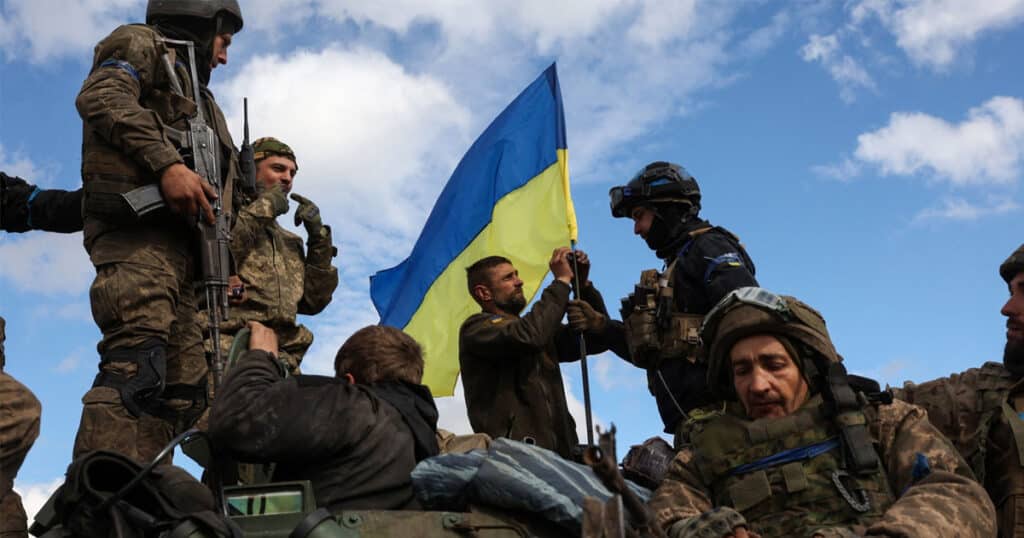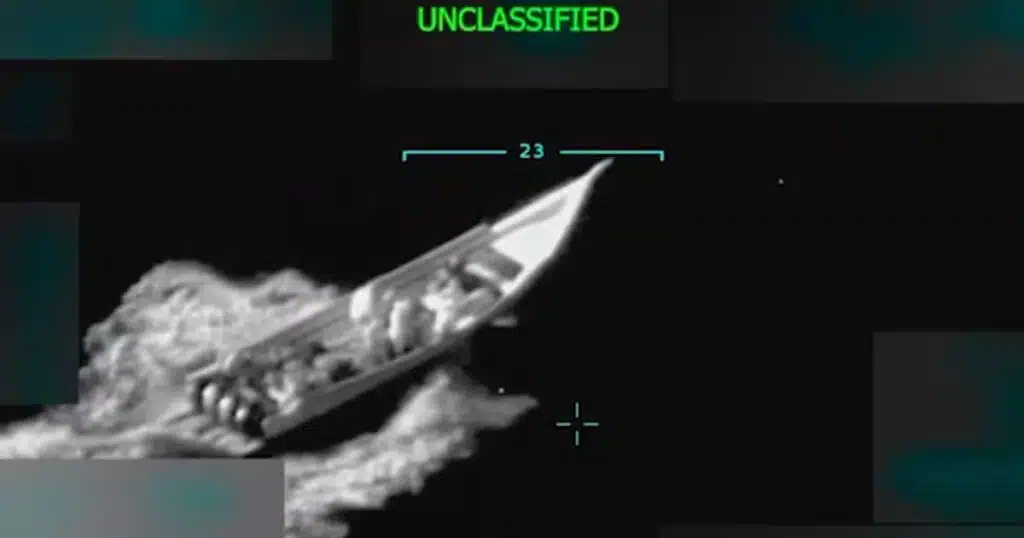
Why Is Ukraine’s Counteroffensive Destined To Fail?
The much-anticipated Ukrainian counteroffensive was predicted to break through Russian echelon defenses swiftly, however, it turned into a stalemate. The operation was strategically planned and executed with misguided optimism, as Ukraine’s defense strategists underestimated the strength of the adversary. It was launched under the wishful thinking of the Ukrainian government assuming that Russian soldiers would desert their positions and run away from their trenches in the first waves of the counterattack. However, the opposite happened, and Russians are holding their positions, occasionally launching counterattacks, and not allowing Ukraine’s land forces to breach their defenses. Already two months have passed since the launch of the offensive and Ukraine’s military has yet to make significant gains. With the current situation, the highly anticipated counteroffensive is destined to fail.
This prompts inquiry into why the counteroffensive has so far failed and will continue to produce unfavorable results for Ukraine and its allies. There are three main rationales for the failure of the counteroffensive. Firstly, the decision to train Ukraine’s soldiers to replicate the combined-arms tactics on the battlefield backfired. Secondly, Ukraine lacked the key component, air supremacy over the battlefield. Thirdly, the operation began too little too late.
Ukraine had high hopes from the 36,000 foreign-trained troops, organized into nine brigades to turn the tides and outmaneuvered the Russians through the employment of combined arms tactics. However, foreign-trained Ukrainian troops were unable to execute the combined arms operations to the desired effect. One reason was the lack of adequate training, as the units were trained in haste in a matter of months with no time to assess the training in formal large-scale military exercises before launching them on the battlefield. No force can undergo a complete transformation in its traditional way of warfighting in a matter of months. Besides, it was difficult for Ukraine’s soldiers to leave behind the decades-old Soviet training and rapidly adopt the Western style of warfighting. To change such an endeavor requires years of training and not just months. For instance, the US combined arms fighting approach took approximately 100 years of training to refine tactics.
Also, the soldiers’ training was inadequate, and Western security officials knew this from the beginning. Ukrainian fighters fighting on the ground acknowledged this issue as well. For instance, almost ninety percent of the 41st mechanized brigade soldiers joined the training program in 2023. The majority have been mobilized since January 2023; however, many joined the ranks as late as March. Moreover, the US and its allies didn’t face any opponent like Russia in recent decades but rather remained engaged in fighting terrorism and insurgencies. Thus, regardless of their professionalism and modern training programs, the US and its allies were not suitable candidates for training Ukrainian soldiers on how to fight the large continental army.
Besides, dislodging the defenders from their entrenched positions required air superiority over the battlefield, along with effective close air support against advancing columns. It provides maneuverability to the assault troops to engage the enemy and remain secure from the enemy’s air power components. Ukraine’s assault forces lacked both, restricting their advance. They did not get air superiority or close air support; rather they were continuously attacked from the sky because the Ukraine air force didn’t have the firepower to challenge the incoming planes and attack helicopters. Likewise, Russian K-52 attack helicopters significantly damaged Ukraine’s armored vehicles and hindered their advance. This demonstrates that Ukraine was at a disadvantage from the very beginning of the operation.
Moreover, Ukraine’s military planners forgot to keep in consideration that Russia learned a great deal from last year’s successful counter-offensives of Kherson and Kharkiv, in which Ukraine recaptured a considerable number of lost territories. The setbacks made the Russians opt for a strategy in which they can retain the captured Ukrainian territory even if Ukraine launched another offensive. This led to the Russian adaption of the strategy of trench warfare commencing last November. The Russians had months to back themselves for the establishment of defensive positions along the entire 1000 km front. They created defensive barriers including trenches and various obstacles. These defensive barriers included mine fields, dragon’s teeth, barbered wire, ditches, and layers of trenches to slow down the potential Ukrainian assault. A U.K. intelligence report released earlier this year called it “the most extensive systems of military defensive works seen anywhere in the world for many decades.” This strategy forced Ukraine’s counteroffensive to remain at a standstill position even after the counteroffensive’s deadline of two months.
It gave Russians ample time to strengthen their defenses, and Ukraine didn’t have the fire power required to oust the Russians from their defensive positions. Ukraine received aid from allies, mainly frontline tanks (Leopards and Abrams) and infantry fighting vehicles for the offensive, but the numbers were on the lower side. To launch and sustain offensive along a 1000 km frontage requires more than just a few dozen tanks. Also, Ukrainians do not have an adequate amount of demining equipment required to promptly demine the whole area. Not just the equipment but personnel shortage is another problem as latest report revealed that only 13 men are operational in one section while on paper the strength remains at 30.
Only a miracle can turn the defeat into success because Ukraine has lost a vast amount of Western frontline equipment during the counteroffensive. The extensive mining is a problem that will not go away soon, and it will take considerable time and effort to resolve. Maybe a squadron or two will be provided to Ukraine in coming months but they will not alter the balance in favor of Ukraine. Ukrainian air force pilots were historically trained to fly Soviet planes and suddenly adaption of Western aircraft would not be easy, and a few dozen planes won’t make much difference. With winter coming soon, the Ukraine Counteroffensive is destined to fail.
Usman Haider is a research assistant at Strategic Vision Institute, a think tank based in Islamabad, and pursuing an MA in Strategic Studies from National Defense University Islamabad, Pakistan.
This article was originally published by RealClearDefense and made available via RealClearWire.



